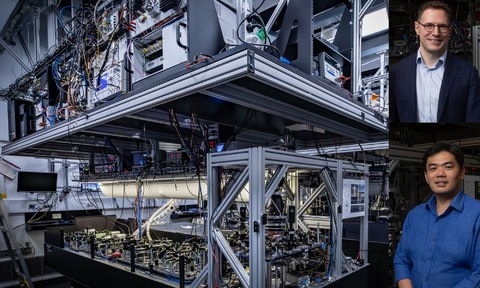Sydney duo apply quantum tech to dynamic molecules
18 May 2025

Australia’s University of Sydney say they have performed a breakthrough simulation of how molecules act when stimulated by light.
The research was enabled by the use of a quantum computer at the institution’s nanoscience hub and represents a “significant milestone” in applying the technology, says the university.
Quantum computing has been employed previously to calculate static properties of molecules, notably their energies.
However, the latest work, published in the Journal of the American Chemical Society, involved simulating dynamic behaviours.
Classical computers struggle to model such processes because of the intense speed of the electronic and vibrational changes involved, explained quantum chemist professor Ivan Kassal who carried out the work with Physics Horizon fellow Dr Tingrei Tan.
“Our new approach allows us to simulate the full dynamics of an interaction between light and chemical bonds,” stated Kassal.
His colleague Tan added that access to accurate simulation tools could further accelerate the discovery of new materials, drugs or other photoactive models.
By increasing understanding of light-driven chemical phenomena, the research potentially creates new possibilities for the study of photosynthesis, DNA damage caused by UV radiation, advanced medical therapies and energy-efficient solar cells.
Tan and Kassal said their work built on a 2023 study when researchers were able to simulate abstract generic quantum dynamics by slowing the process.
Dr Tan said: “We have taken that study and applied its approach to the dynamics of three different molecules after they’ve absorbed light.
“It is possible to simulate the interactions for these particular molecules using classical supercomputers. But more complex molecules will beyond their capabilities. Quantum tech will be able to simulate such complexity that is beyond all classical capability.”

